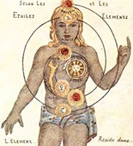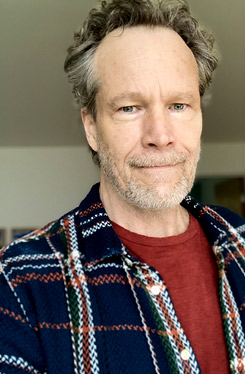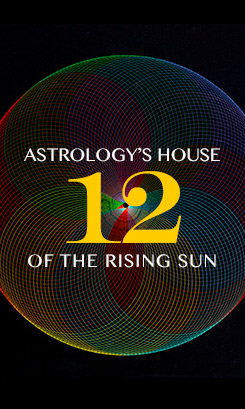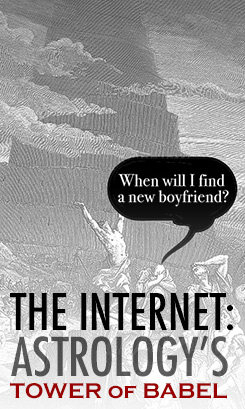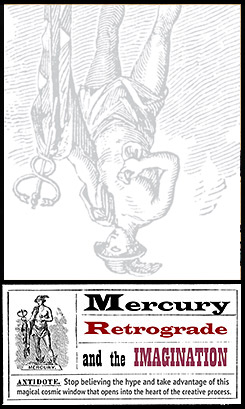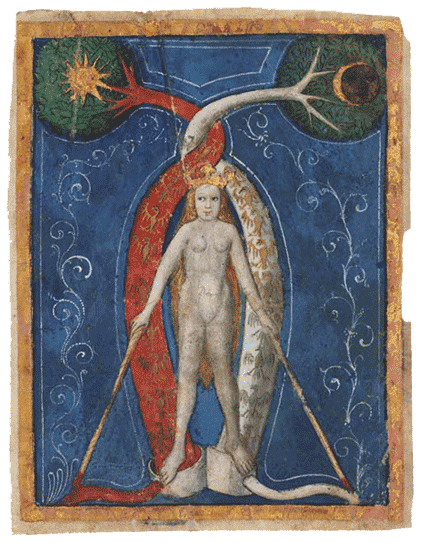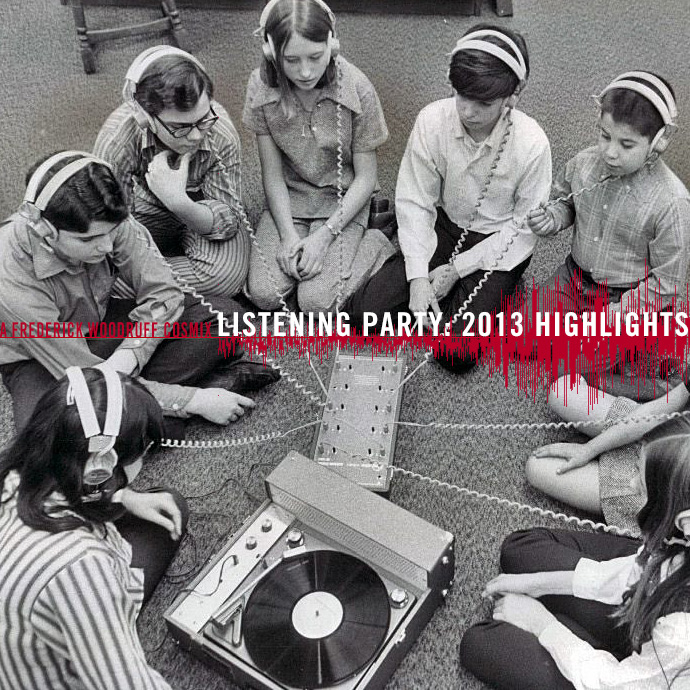Living the Dream
A woman novelist said to Gurdjieff at one meeting:
“I sometimes feel that I am more conscious when I am writing. Is this so or do I imagine it?”
He replied:
“You live in dreams and you write about your dreams. Much better for you if you were to scrub one floor consciously then to write a hundred books as you do now.”
— C.S. Nott from Teachings of Gurdjieff: A Pupils Journal
Large Meteor Spears the Galactic Center

The photography of Chris Thorne is phenomenal. He describes the above picture as:
“View is over a small farm dam looking towards the Aboriginal Emu constellation in the lower south west of Western Australia. Part of a time-lapse sequence.”
I describe ig as yet another glimpse into what unbounded wonder looks like. Something similar to sitting in the very cauldron of creation.
I wonder if our own individual conceptions were anything like this? What do you think?
The Authentic Art of Living
“What do I know?”
Whoever ponders seriously this question understands little by little his relation with “Who am I?”, echoes of which resound down the centuries since man first appeared on this planet.
For these seekers, to be, to know and to do are the facets of the same reality.
To dream of knowing oneself and nothing more, without looking for the slightest hint of an intentional manifestation fully integrated with the surrounding reality, is tantamount to a kind of desertion.
As for trying “to do” without being aware of “being”, without looking at every step for a way to be in accord with an inner presence, is the worst kind of abdication. The human condition is a perpetual challenge, which man can not ignore without abandoning his true nature.
He who wakes up to the deep meaning of his life and perceives how he makes room for the force and the difficulties of the innumerable relationships offered to him, acknowledges, by the same token, the very point of his existence. He discovers the possibility of seizing hold of the present, in order to bring together in a supreme effort the unfathomable experience of the past with the immediate prospects for the future, for which he wishes to feel himself responsible.
Taking into consideration his potentialities as well as his limitations, choosing the best influences for him, he has for aim to work always according to his being, in order to affirm himself at each moment, in constant submission to the demands of the life of the universe.
This would be the authentic art of living and the visible manifestation of a real individual culture.
–Henri Tracol
from The Taste for Things That are True
Adam Curtis: Pop Culture’s Edgiest Truth-Teller
world today is through the eyes of the computers.” — Adam Curtis
I discovered documentary filmmaker Adam Curtis a couple of years ago when my friend, the writer John Calendo, forwarded me a link to Curtis’ 2011 film All Watched Over By Machines of Loving Grace with an ammendment: “This is weird, so you’ll like it.”
On the surface (not a good place to go for a description of Curtis’ work) this looked to be a documentary about how computers and people have come to co-exist. But no. This was a bold salvo that cracked open the notion of how computers have colonized the world by playing off of our inability to tolerate uncertainty and the unknown. Computers promise systems and control and people like control.
Remember in Stanley Kubrick‘s 2001, when HAL is slowly disassembled by Dave and the computer keeps moaning: “Stop. Don’t do that Dave. I can feel myself fading.” Well, that was a fine bit of prescience that Curtis’ film indirectly explores. Computers and feelings. Feelings as visions. Visions as the future. A ridiculous confluence? Not really when you consider the power of identification and what identification can wreak when wedded to machines.
Revisit the devastating economic crash that destroyed East Asia in 1997 or the ‘recovery’ we are still stuck in after the global economic meltdown of 2008 — all directly related to the manipulation of the markets via computers. Or doubly unimaginable, revisit the utopian visions of the counterculture movement in the 60s. Those dreamscapes of returning to the organic rhythms and glorious symmetry of nature.
Those were computer-based ideals that took hold like a fever as techno models more and more came to be considered the perfect matrix to build a new world upon. They do not exist in nature, as Curtis shows. Nature leans towards the chaotic. But not so, when framed in a computer-based template.
Even the title to Curtis’s film is taken from the hippie poet Richard Brautigan, who wandered through early 60s Haight-Ashbury, distributing xeroxed copies of his idyl to whomever would have them. Man and machine cohabiting in constant bliss. It seems a crazy conceit of the counterculture ethos, but, again, as Curtis shows, this concept was based on computer systems as matrixes for creating a better society.
His documentary, All Watched Over… disconcertingly opens with Pizzicato Five‘s pop song Baby Love Child bouncing through the soundtrack while images of people jacked into computer screens stream by. The rapt computer users remind me of those “dairying ants” that milk aphids for honeydew, a juice that’s excreted from the aphid’s ass. Meaning, there is a constant, never-broken attention loop projected into the computer screen, as if nourishing forces are flowing from the screen’s glow, into its viewers’ brain-holes. It is weird.
And then, boom, a disruptive cut, a studio tech’s blaring announcement amidst the disintegrating soundtrack and we’ve jumped back 55 years to a Mike Wallace interview with the doyen of capitalism, Ayn Rand — her dark, darting bird eyes scanning the studio furtively. Read more
New Cosmix! Listening Party: 2013 Highlights
This mix would have been out at the top of the year, but the flu laid me out in January.
Featured are artists and cuts I listened to the most in 2013. Not just new songs but albums I returned to and rediscovered, like Van Morrison‘s Veedon Fleece, which now, head-scratchingly, I wonder how I didn’t hold with more reverence back in the day. I think I might have been too young to align with its mix of melancholy, mysticism and its discursive style of meandering and drifting for naught except for the pleasure of drifting. As Gertrude Stein once said: “It takes a heap of loafing to write a book.”
Or, take The Stan Tracey Quartet‘s take on the poet Dylan Thomas‘ line Starless and Bible Black. Your nervous system has no proper cross-referencing for a melody and mood like this. You’re suspended in a bardo of somber beauty. Amazing!
That track leads into a track from an album I’ve crowned my favorite of the year: Goldfrapp‘s Tales of Us. Do yourself a favor and secure a copy. The LP’s overall ethos is elegant and gorgeous; each track a complete cinematic story. Critic Andy Gill described it best: “The delicate guitar and piano figures and the sombre languor of strings behind Alison Goldfrapp‘s vocals create something akin to a cross between the dreamlike mythopoeism of old folk tales and the lush cinematic arrangements of Michel Legrand.” Yes! That nails it.
So from some agitated Bach to the minimal quiet of Nils Frahm‘s solo piano to the finest dance track of the year: Le Sims‘ Grind. It’s a runaway train. I’ve mashed picks with disregard to rhythm and beats per minute. Which is also how I listened to all of this throughout last year.
Enjoy!
A.E. Waite’s Little Known Second Tarot Deck

The Pamela Colman Smith deck (which is what I call it), as directed and overseen by the occultist A.E. Waite, is the most popular Tarot deck in the world.
But did you know that Waite commissioned a second deck that was to be employed for the private use of members of his Fellowship of the Rosy Cross?
The artist’s name was John Trinick, and the designs are absolutely stunning, as featured here from the British Museums website.
There’s an El Greco-like quality to Trinick’s elongated forms, imparting a sense of being uplifted to another dimension. Quite unlike the earthy, charming lyricism and instant accessibility of Colman’s deck.
Try this sometime with your Colman deck: Lay all of the cards out, upright, in a straight line (and I should know because I’ve done this), and you’ll feel a distinct palpability to the arrangement — like you are in a theater and watching various tableaux arranged on a proscenium. I believe this was part of Colman’s genius and why the deck remains so popular; it touches that place in each of us where the drama of life is felt to take place on a stage. Our stage, our props, our cast of characters.
Details from one of the popular online Tarot forums, shared the following about the artist:
“Trinick was born in Melbourne, Australia, on 17 August 1890, sailing to England with his parents in 1893 before returning to Australia in 1907. He studied in the art school of the National Gallery of Victoria between 1910 and 1915 and then returned to England in 1919 to continue his studies at the Byam Shaw and Vicat Cole school of Art.”
Tarot scholar Mary Greer posted a detailed entry on the Waite Trinick deck several years ago. Shortly thereafter there was a limited run of 250 copies of a book that featured the entire set of images. But that is the last I’ve heard about this eerie, gorgeous set of images. If you have more details, please share below.






